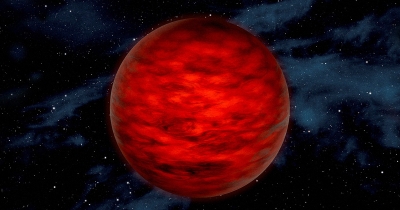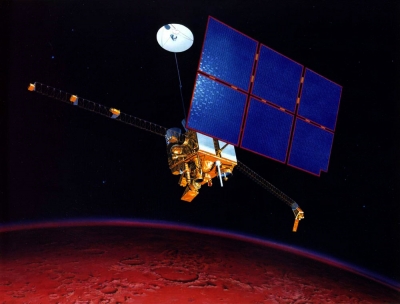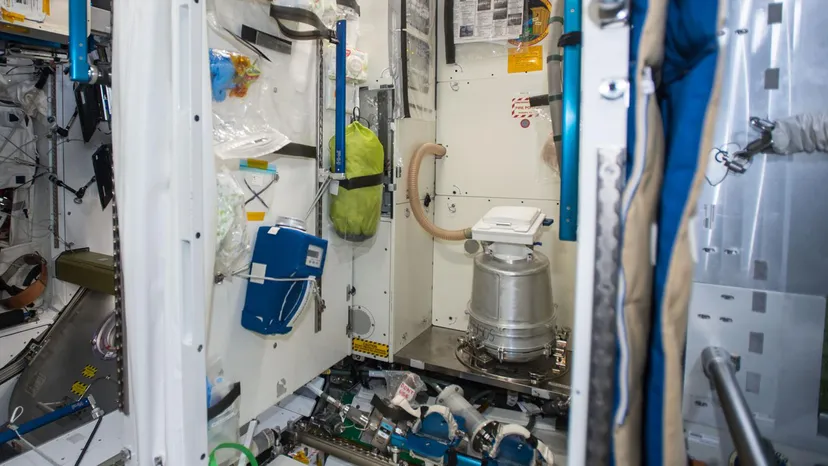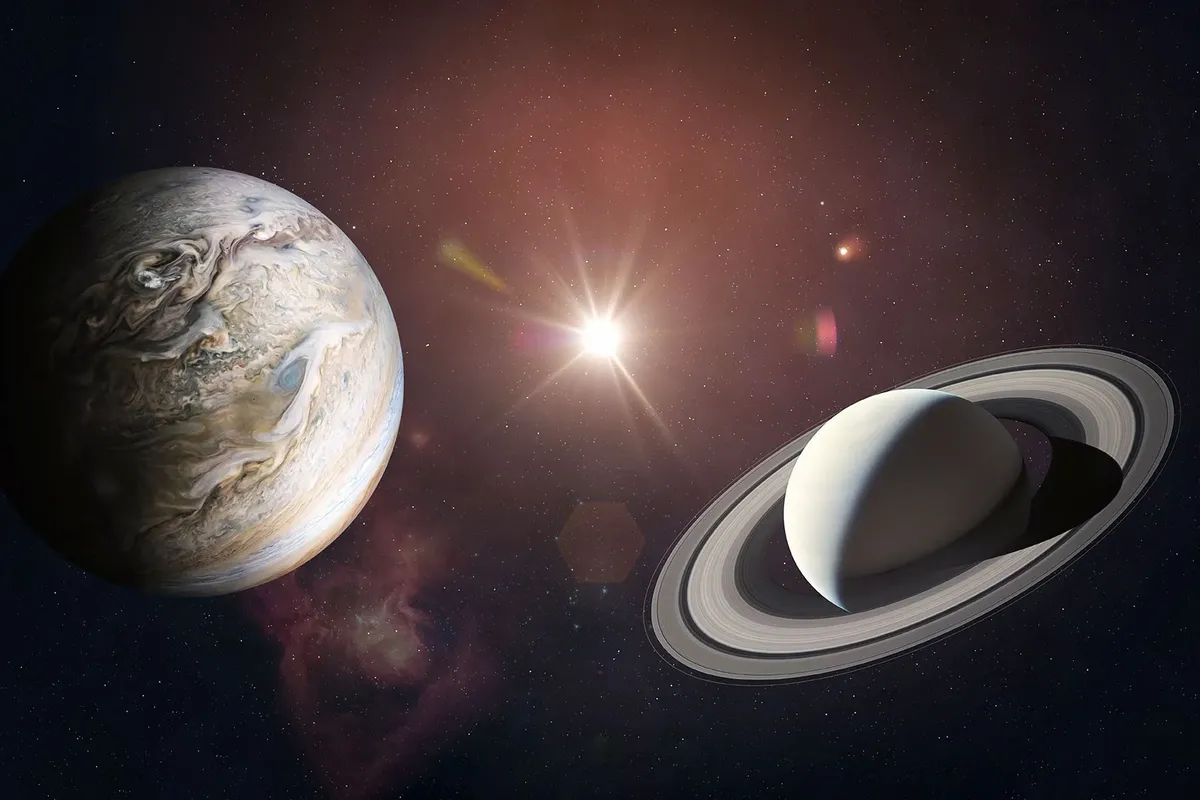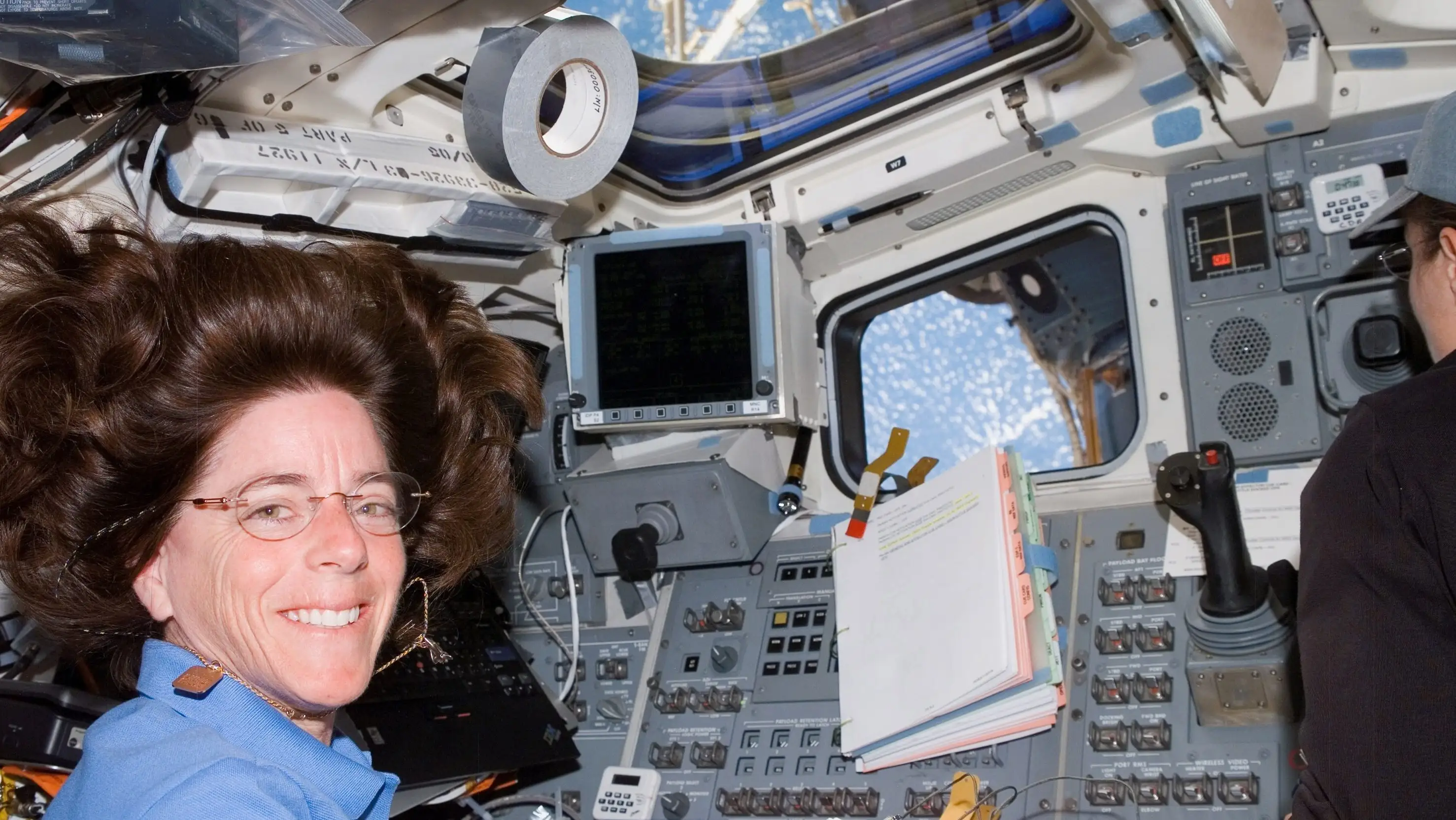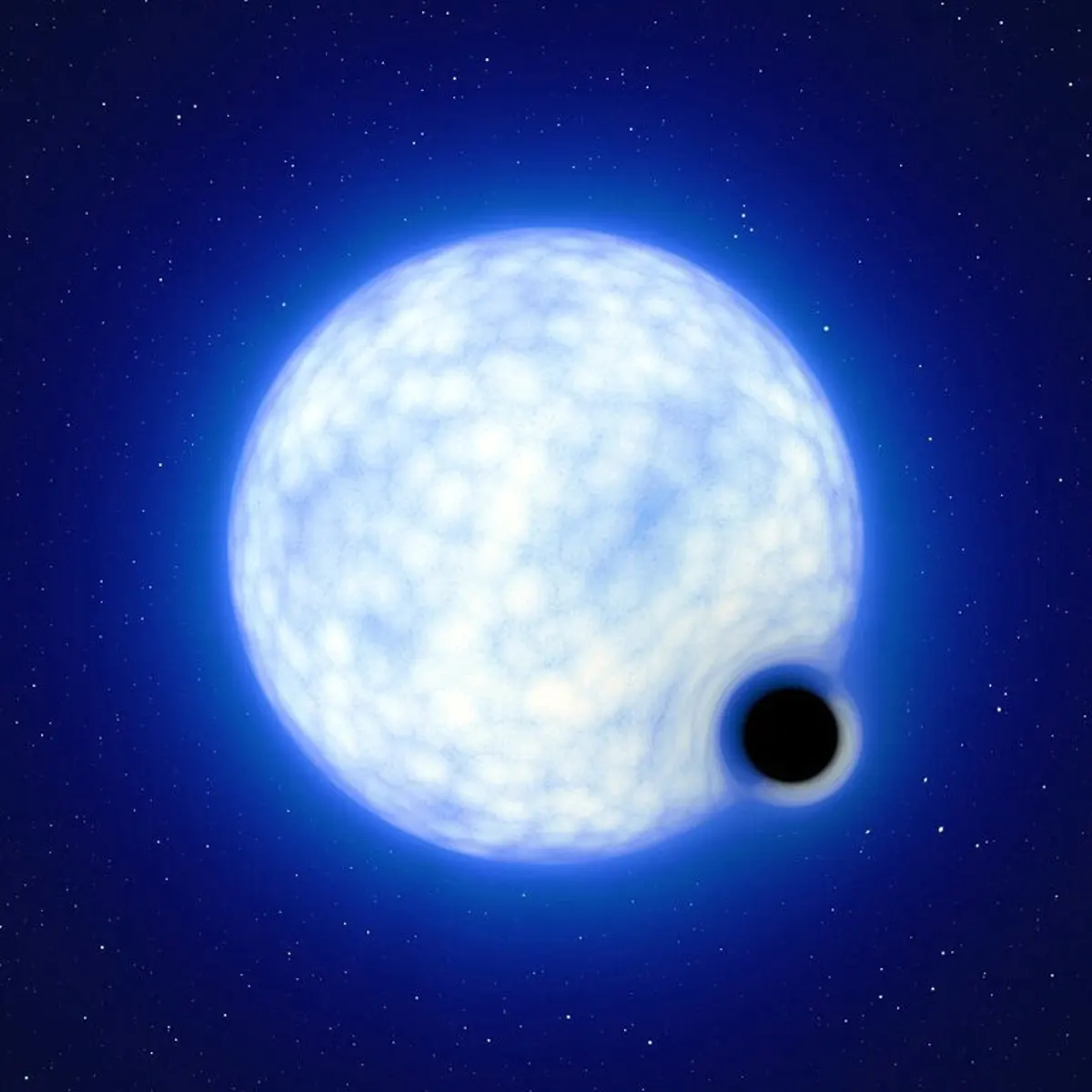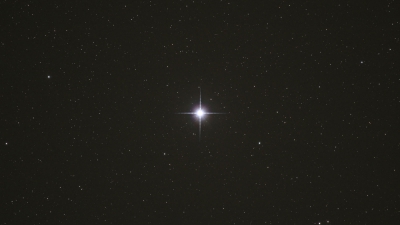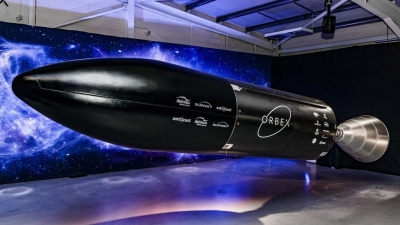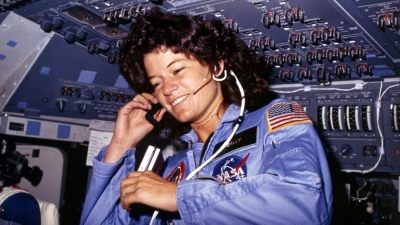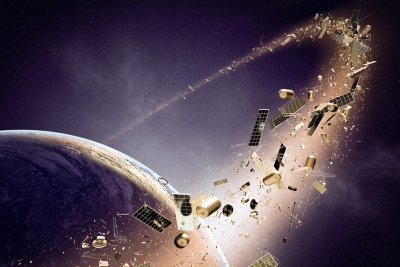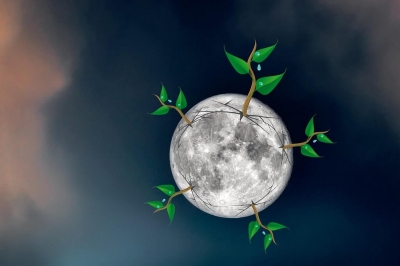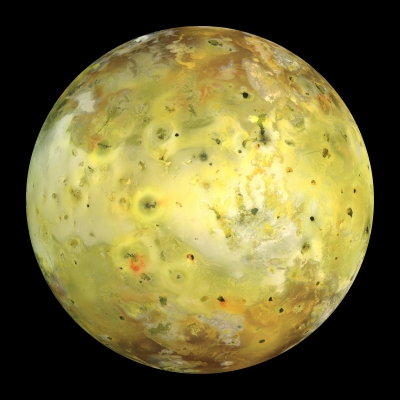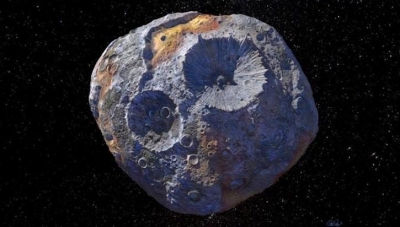Is Earth the only planet that supports life?
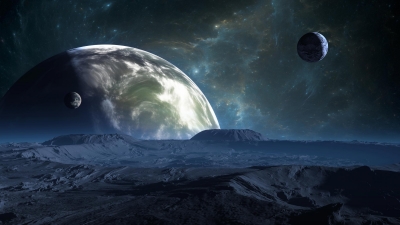
Discovery about an Earth-like planet orbiting an M dwarf could imply that planets orbiting the most common star may be uninhabitable.
Is Earth the only planet that supports life? This is one of the many questions for which we don't have an answer yet. In a universe filled with countless stars and innumerable planets, our quest for life on a planet other than our own continues.
A new discovery could serve as a signpost and maybe even dramatically narrow our search for life on other planets. The discovery, explained in the Astrophysical Journal Letters in October by researchers from the University of California - Riverside, reveals that an Earth-like planet orbiting an M dwarf appears to have no atmosphere at all.
Most common type of star M dwarfs or red dwarfs are the most common type of star in the universe. This discovery could therefore imply that a large number of planets orbiting these stars may also lack atmospheres, and will therefore likely not support life.
The planet named GJ 1252b is slightly larger than our Earth, but is much closer to its star, an M dwarf, than the Earth is to the sun. On a single day on Earth, this planet orbits its star twice.
In order to find out if this planet lacks an atmosphere, astronomers measured infrared radiation from the planet as its light was during a secondary eclipse. In a secondary eclipse, the planet passes behind the star, and hence the planet's light along with the light reflected from its star are blocked.
Scorching temperatures
The radiation revealed the planet's daytime temperatures to be of the order of 2,242 degrees Fahrenheit. This, along with assumed low surface pressure, led the astronomers to believe that GJ 1252b lacks an atmosphere.
The researchers concluded that the planet will not be able to hold on to an atmosphere, even if it had tremendous amounts of carbon dioxide, which traps heat. Even if an atmosphere builds up initially, it would taper off and erode away eventually.
With M dwarf stars having more flares, the likelihood of planets surrounding them closely holding onto their atmospheres goes down further. The lack of atmosphere means that life as we know it is unlikely to flourish.
In Earth’s solar neighbourhood, there are about 5,000 stars and most of them are M dwarfs. If planets surrounding them can be ruled -out entirely in the search for life based on this discovery, that would leave roughly around 1,000 stars similar to the sun that could be habitable.
For now, however, these can't be ruled out entirely. Nor can we rule out the possibility of a planet far enough away from an M dwarf star such that it retains its atmosphere. We need more research and results as we continue to embark on our search for life elsewhere.
Picture Credit : Google
